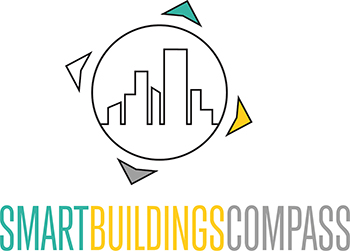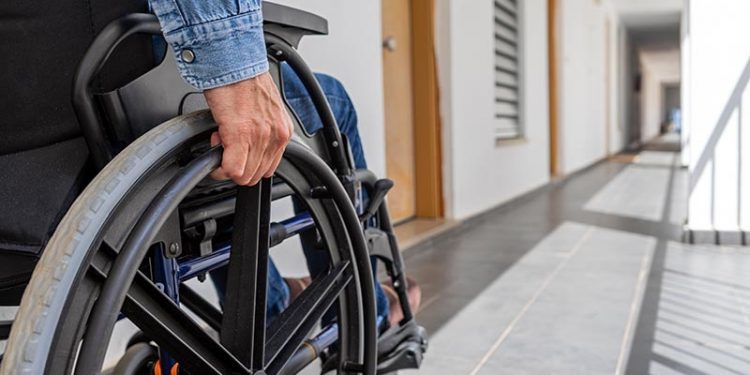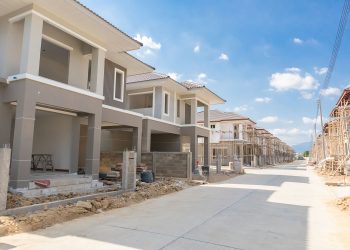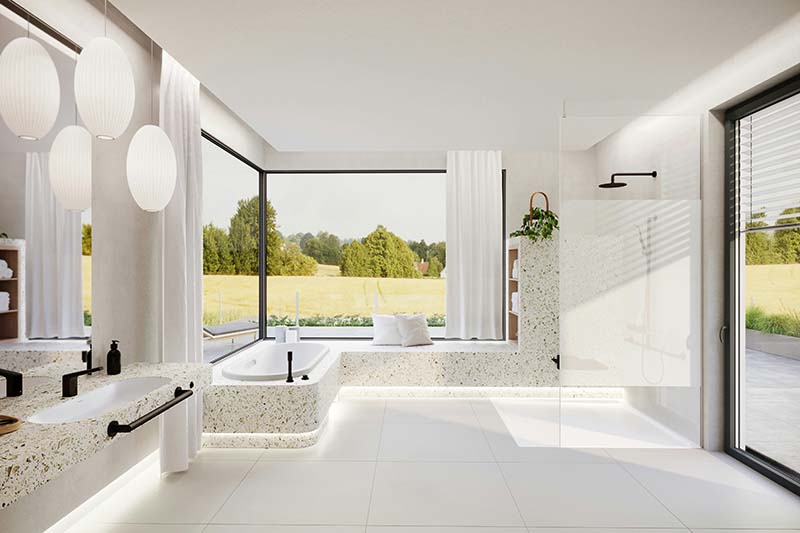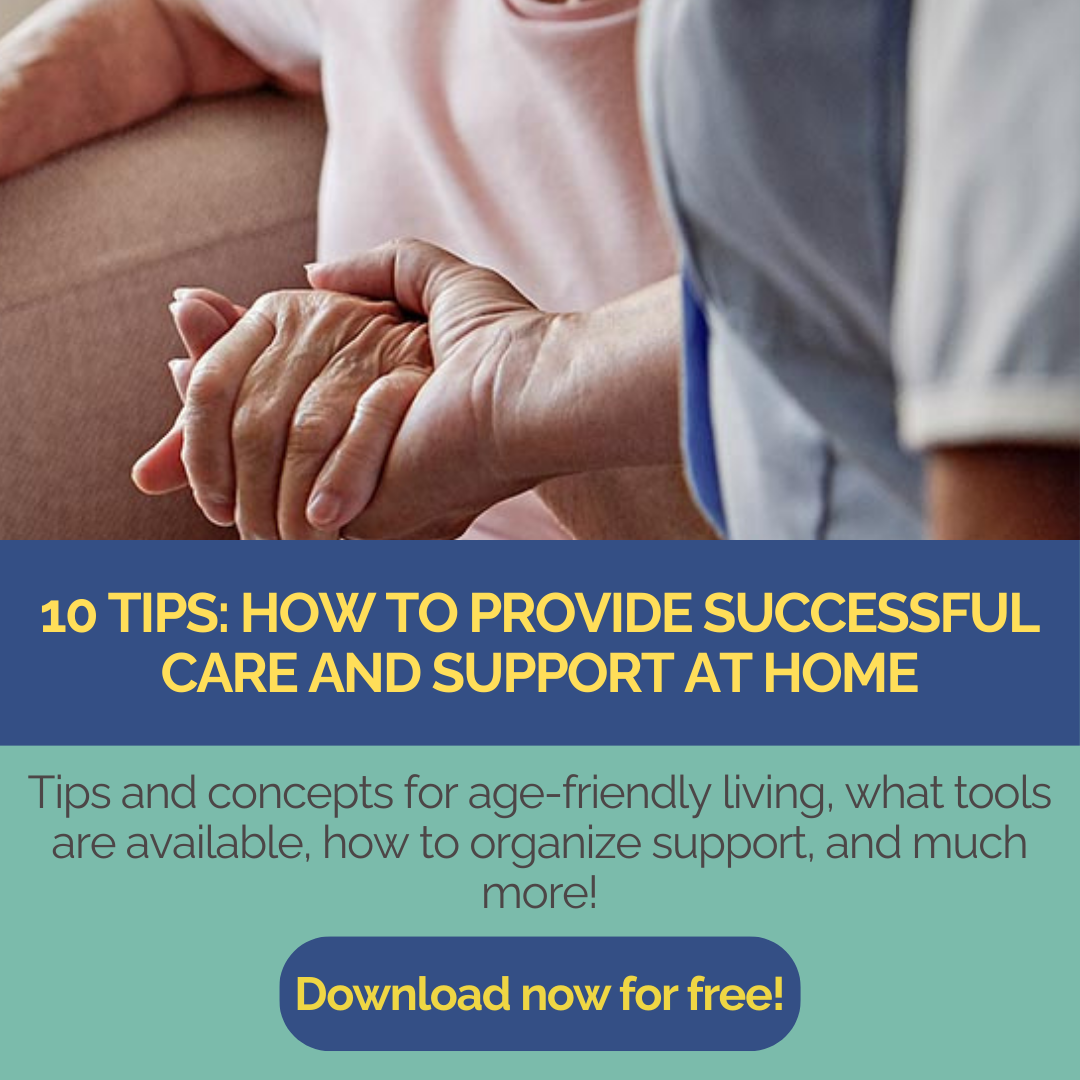Smart homes are often seen as a gimmick. However, automation and comfort solutions play a decisive role for people with limited mobility – in addition to barrier-free design. After all, the generations are getting older and older, and caring for them is becoming an ever greater challenge.
Good planning and analysis as well as technologies provide support in everyday life. And ensure that people can live independently and safely for as long as possible. They relieve the burden not only on those affected but also on relatives, who are increasingly responsible for care and support. These technologies no longer have to be expensive. The main way to save money is to think about future needs when building a new home or renovating an existing one.
SBC editor Lena Schönthaler in conversation with interviewee Gerhard Nussbaum: The Technical Director and deputy head of the SBC team. Managing Director of the Competence Network Information Technology to Promote the Integration of People with Disabilities (KI-I).
Smart planning starts with the little things
Two findings from the research: Theoretically, we can control our entire environment with today’s developments. We can operate the blinds via app or sensor, and fit windows with a rain sensor to close them automatically when it rains. But we can only find out which solutions are really necessary by analyzing our everyday lives. And: even small things can be a challenge – but also a great help – for people with disabilities.
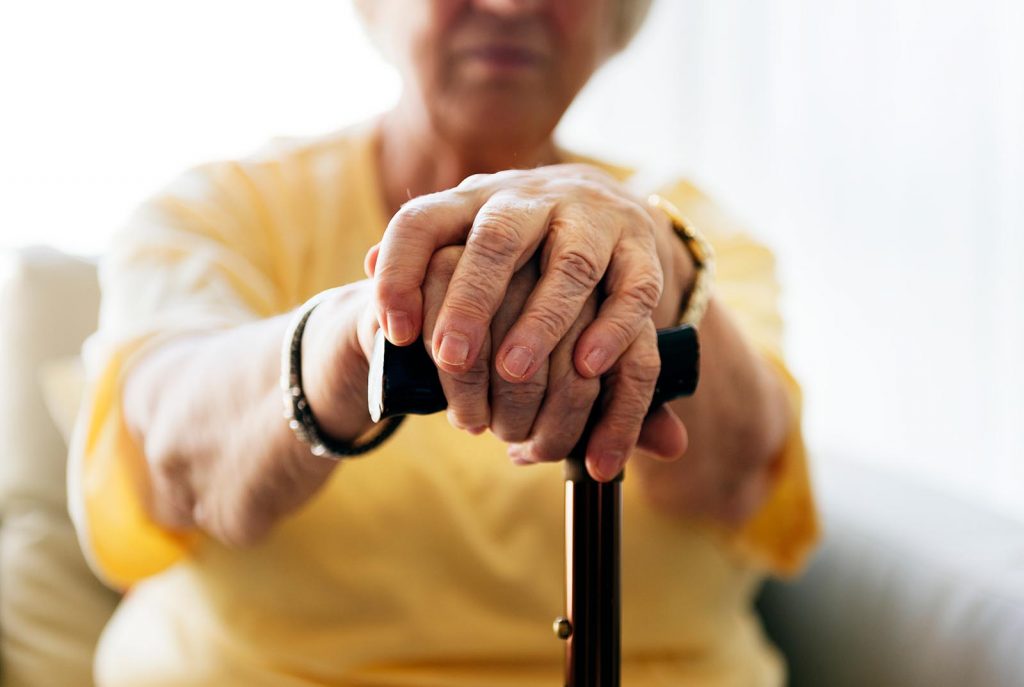
The requirements for impairments are very individual. Gerhard Nussbaum therefore advises an analysis of usage habits. It is important to really know the needs of the residents. Intelligent solutions start with the little things: Lighting, for example, is becoming increasingly important, as is the well-considered positioning of sockets.
For people with disabilities, even bending down to insert a plug into the socket can be very uncomfortable or lead to accidents. Nussbaum: “A practical solution is therefore to position utility sockets at a higher level. Ideally below light switches or at a height of 90-120cm.” This avoids bending down and the sockets are easily accessible for everyone. Regardless of height and mobility restrictions.
Sockets should also be strategically placed near the bed in the bedroom. Ideally at least two, to enable the connection of devices such as electric beds, as the expert points out.
Wireless and smart networking
Another important aspect concerns the type of electrical installation. Conventional installations in which light switches are connected directly to the lighting are often used. This means that a lamp is switched on and off when a switch is pressed. However, this can have disadvantages. Especially if extensive remote control is required to adjust or control the environment. Retrofitting with remote-controlled switches can be expensive, as Nussbaum explains.
He adds: “With wireless systems such as ‘EnOcean’, light switches can be easily installed anywhere. Even without the need for cabling.” EnOcean not only offers switches, but also motion and activity sensors, for example. These are simply glued to the respective location.
These motion detectors and intelligent light switches not only save energy. They also enable the lighting to be adjusted automatically according to requirements and the time of day. The safety aspect should also not be forgotten with increasing age. For example, it makes sense not to go to the toilet at night in complete darkness. Dimmed lighting in the hallway reduces the risk of accidents – and still lets the rest of the house continue to sleep.
In principle, optimum lighting of the environment becomes more important for general well-being with increasing age. The implementation of a holistic lighting concept takes into account factors such as the natural circadian rhythm and age-related visual impairments. The targeted control of light colors and brightness not only improves comfort and atmosphere. According to research, medical aspects are also benefited. A project in Vorarlberg, for example, showed that better illumination with lighting scenarios had the side effect that people needed less medication such as sleeping pills.
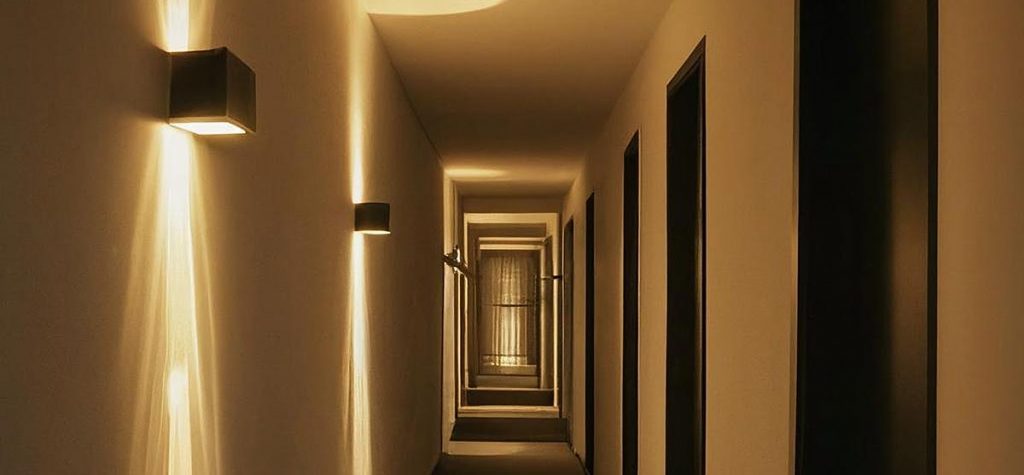
KNX: Everything networked everywhere at once
If a new building or extensive renovation is planned, a modern KNX-based electrical installation offers numerous possibilities for optimizing the living environment. KNX is a bus system that is used for data transmission. Already used in industry for decades, KNX is a future-proof technology: Thousands of devices from over 500 manufacturers belong to the KNX Association and are compatible with each other. They can be controlled and automated across the board and seamlessly networked.
This type of installation may require more effort, but many smart home product lines have been withdrawn from the market in recent years. In the worst case, the devices and solutions had to be purchased from scratch. That won’t happen in the case of KNX: These solutions will be around forever. If a product is withdrawn from the market, it can simply be replaced.
A decisive advantage is that adjustments and changes can be made quickly and easily through programming. If you want to change the function of a light switch or add a switch at a new location, these adjustments can be made without any time-consuming conversion work. Once the installation is complete, there are virtually no limits.
Intelligent wall switches can be used to control a wide range of functions throughout the home without the need for additional individual devices. This results in an optimized solution for controlling lighting or blinds and other electrical devices without the need for separate switches.
AI is making these systems even smarter: artificial intelligence can turn off the lights and the TV and lower the blinds if we fall asleep in front of the TV. This may sound trivial, but it is essential for people with special needs. In the case of impaired cognitive abilities such as Alzheimer’s and dementia, the entire environment can be supportive to the extent that these people can still live independently and safely despite their limitations. This also relieves the burden on family structures.
Improvement systems for everyone – not just for the elderly
These solutions are not only explicitly designed for older people and those with special disabilities or mobility impairments. For Gerhard Nussbaum, this is the wrong approach because: This gives the topic of ageing and the associated limitations a negative connotation. It is therefore time to see these products as “lifestyle products” that are suitable for everyone and raise the general standard of living.
For example, an apartment with a bus system could not only be considered barrier-free. It also meets the requirements of a multimedia apartment that enables modern and comfortable living, Gerhard Nussbaum is firmly convinced. Accessibility is exciting for many other target groups, such as parents traveling with baby carriages.
Out of the negative occupation, into comfort
Our living situation and quality of life in old age and with disabilities depend on how practical and forward-looking our planning and implementation is. In other words, the extent to which we have taken the different life cycles into account.
The integration of technology into our everyday lives enables a further increase in quality of life – for those affected, but also for family caregivers. The key to this is a precise analysis of living conditions and usage habits.
What does Gerhard Nussbaum want? That older people and people with disabilities are given more consideration in the development of products. What comes onto the market as a killer feature is often not accessible. For example, there used to be buttons on the washing machine that blind and visually impaired people could easily learn to operate. Today, however, there are touchscreens and displays with a wide range of functions that can no longer be operated by people with visual impairments.
Share this article:
